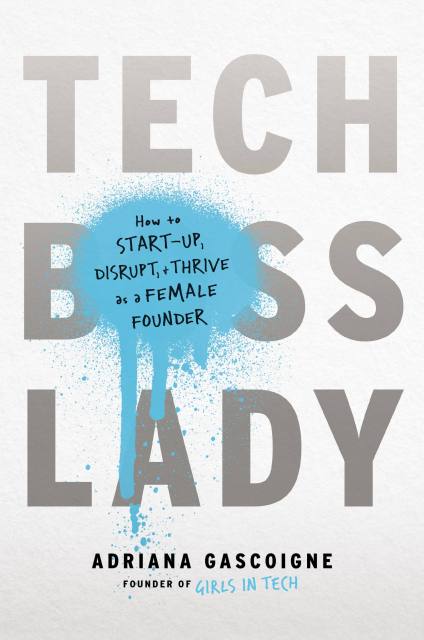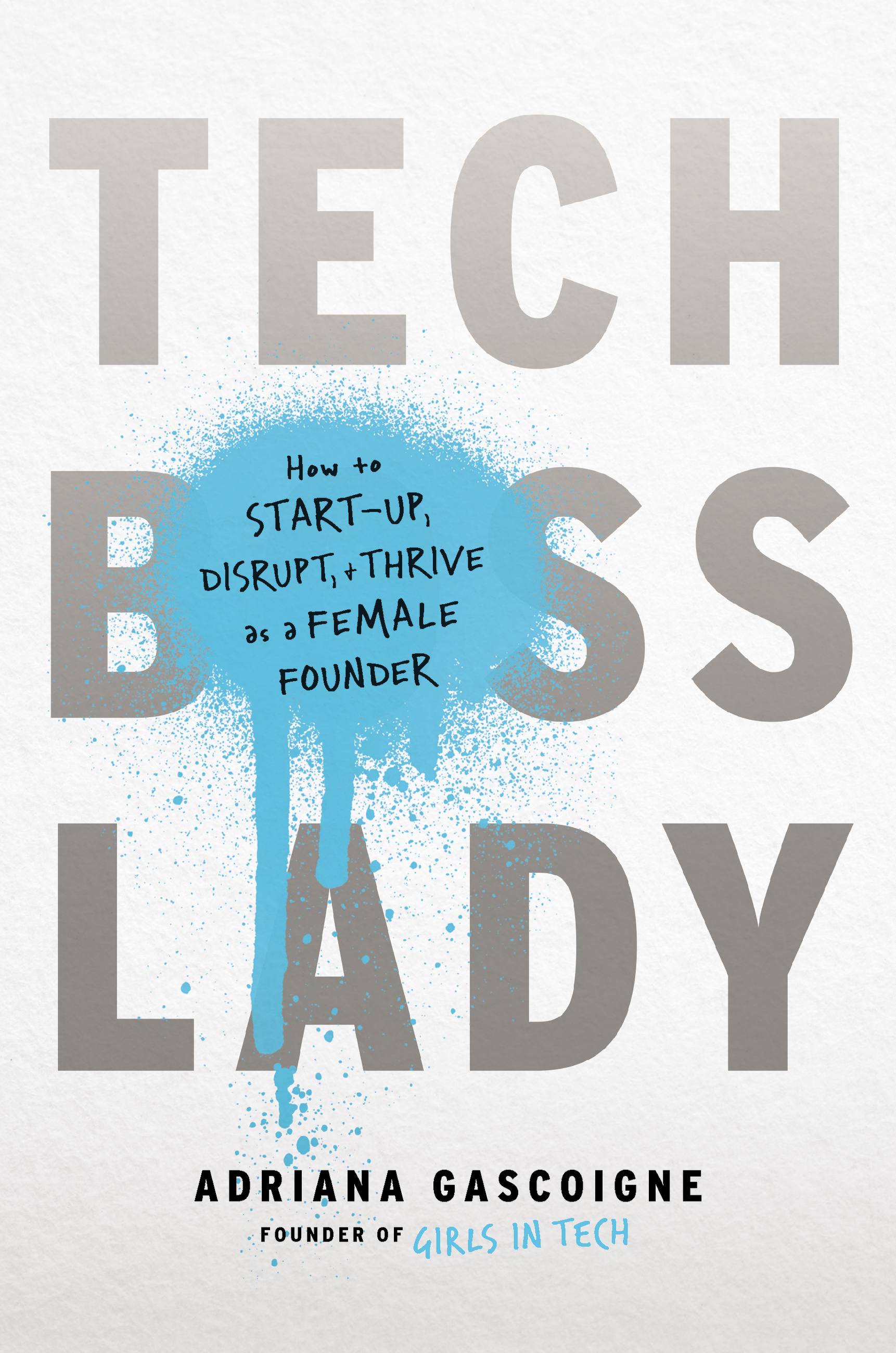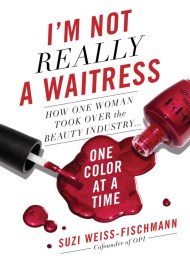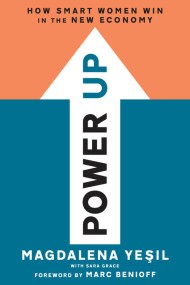Promotion
Use code BEST25 for 25% off storewide. Make sure to order by 11:59am, 12/12 for holiday delivery!
By clicking “Accept,” you agree to the use of cookies and similar technologies on your device as set forth in our Cookie Policy and our Privacy Policy. Please note that certain cookies are essential for this website to function properly and do not require user consent to be deployed.
Tech Boss Lady
How to Start-up, Disrupt, and Thrive as a Female Founder
Contributors
Formats and Prices
- On Sale
- Jun 4, 2019
- Page Count
- 256 pages
- Publisher
- Seal Press
- ISBN-13
- 9781580058308
Price
$17.99Price
$21.99 CADFormat
Format:
- ebook $17.99 $21.99 CAD
- Audiobook Download (Unabridged)
This item is a preorder. Your payment method will be charged immediately, and the product is expected to ship on or around June 4, 2019. This date is subject to change due to shipping delays beyond our control.
Buy from Other Retailers:
Gascoigne goes behind the scenes of some of Silicon Valley’s hottest brands to discuss topics like failure, funding, growth hacking, and what it’s like to be a first-time CEO. Rising entrepreneurs will find inspiration and actionable advice, and experienced tech employees will appreciate Gascoigne’s refreshingly real take on Silicon Valley: the good, the bad, the ugly, and ultimately-the hopeful.
Newsletter Signup
By clicking ‘Sign Up,’ I acknowledge that I have read and agree to Hachette Book Group’s Privacy Policy and Terms of Use







